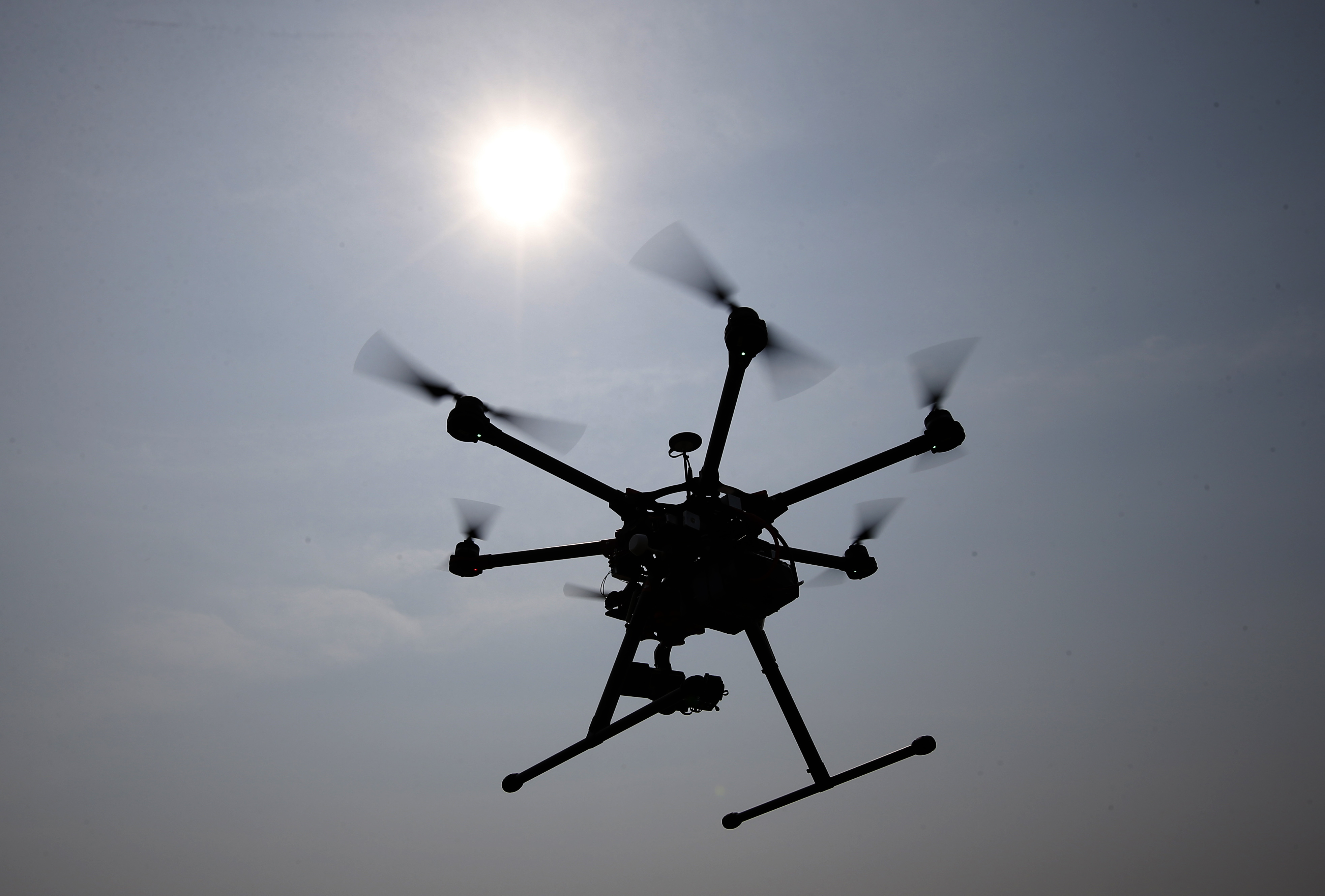The Defense Department’s Technology Readiness Experimentation (T-REX) initiative is designed to identify and bridge technology gaps within the military by rigorously testing emerging technologies that could enhance the capabilities of warfighters. This program, managed by the Rapid Assessment of Prototype Technology Readiness (RAPTR) Task Force, focuses on evaluating technologies with readiness levels between four and six, although it may lower those thresholds for software initiatives.
Technology Validation and Military Utility
T-REX operates as a proving ground for technology that has transitioned from research and development stages into practical applications. Lt. Col. Matt Limeberry, commander of the RAPTR Task Force, emphasizes that T-REX allows for real-world evaluation of prototypes in environments that closely mimic operational conditions. The goal is to ensure that identified technologies not only meet technical specifications but also provide genuine tactical advantages to military personnel.
At T-REX, the military collaborates with industry partners to test innovations in rigorous, real-time simulations. For instance, unmanned aerial systems (UAS) designed to boost surveillance and battlefield awareness are thoroughly vetted, pushing these technologies beyond controlled environments to assess their effectiveness in varied scenarios.
Iterative Feedback for Rapid Development
A crucial aspect of T-REX is its emphasis on rapid iteration based on direct feedback from warfighters. This iterative approach enables adjustments to be made almost instantaneously, which significantly reduces the risks associated with deploying new technologies. This real-time adaptability reinforces the notion that military personnel should be equipped with "tomorrow’s technology" today, ensuring readiness for immediate operational needs.
Brandon Bean from General Dynamics-IT (GDIT) highlighted T-REX as an ideal environment for technology testing, offering a fast-paced and demanding atmosphere. GDIT, among others, implemented their Defense Operations Grid-Mesh Accelerator (DOGMA)—an AI software designed to modernize long-range communications—during T-REX. The platform’s adaptability and robustness were critical in managing communications under pressing conditions, demonstrating its potential for both military and civilian applications, such as within the Department of Homeland Security and various agricultural departments.
Continuous Evolution and Applications
As the T-REX exercises take place biannually, they focus not only on current technologies but also anticipate future requirements. The Department of Defense (DoD) looks to new areas of research, including defensive and offensive drone capabilities and the use of collaborative autonomy across various platforms. Limiting vulnerabilities in communication and ensuring adaptability in AI modeling are paramount as these technologies evolve.
The innovation landscape at T-REX allows for expansive applications, extending beyond military use. For example, DOGMA’s capabilities can be utilized in emergency management, environmental monitoring, and other sectors requiring efficient data transfer and processing, illustrating the dual-use potential of many technologies developed for defense purposes.
Conclusion
In conclusion, T-REX serves as a vital initiative for the DoD, where emerging technologies undergo rigorous evaluation to address critical capability gaps among warfighters. The partnership with industry specialists exemplifies an agile approach to technology integration, ultimately aimed at enhancing operational capabilities. As the defense environment continues to evolve, T-REX stands out as a pioneering effort to ensure that the U.S. military remains at the forefront of innovation and preparedness, not just for today’s conflicts but for the challenges of tomorrow.
In summary, T-REX represents a paradigm shift in how the military approaches technology integration, combining rapid iteration, real-world testing, and stakeholder collaboration to develop effective solutions that bolster operational effectiveness across various domains. This initiative is a testament to the commitment of the DoD to stay ahead in the technology race while focusing on meeting the pressing needs of its personnel.


:max_bytes(150000):strip_icc()/GettyImages-2230877787-57eff1380c4f4fa99471f0db481f3465.jpg?w=150&resize=150,150&ssl=1)







